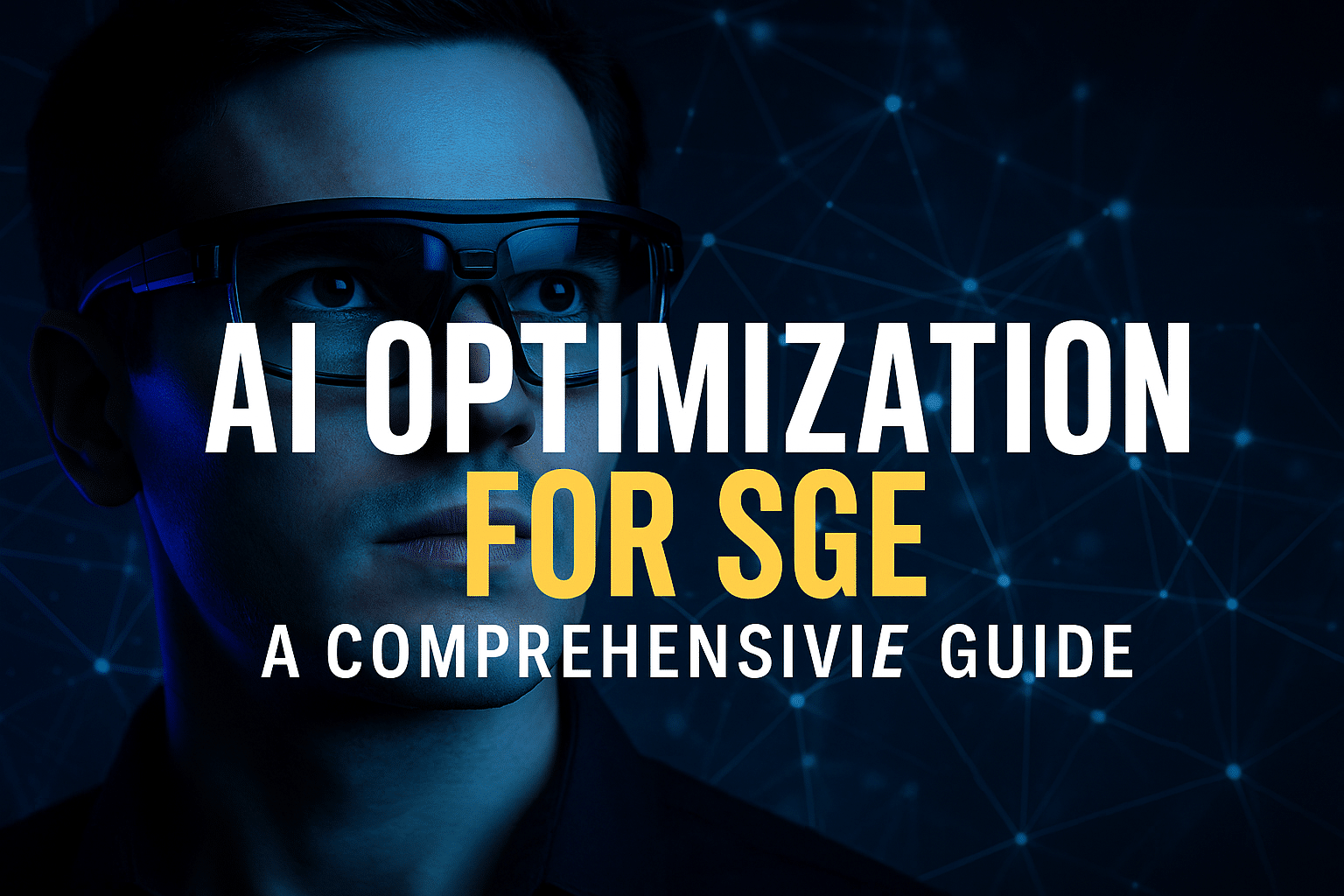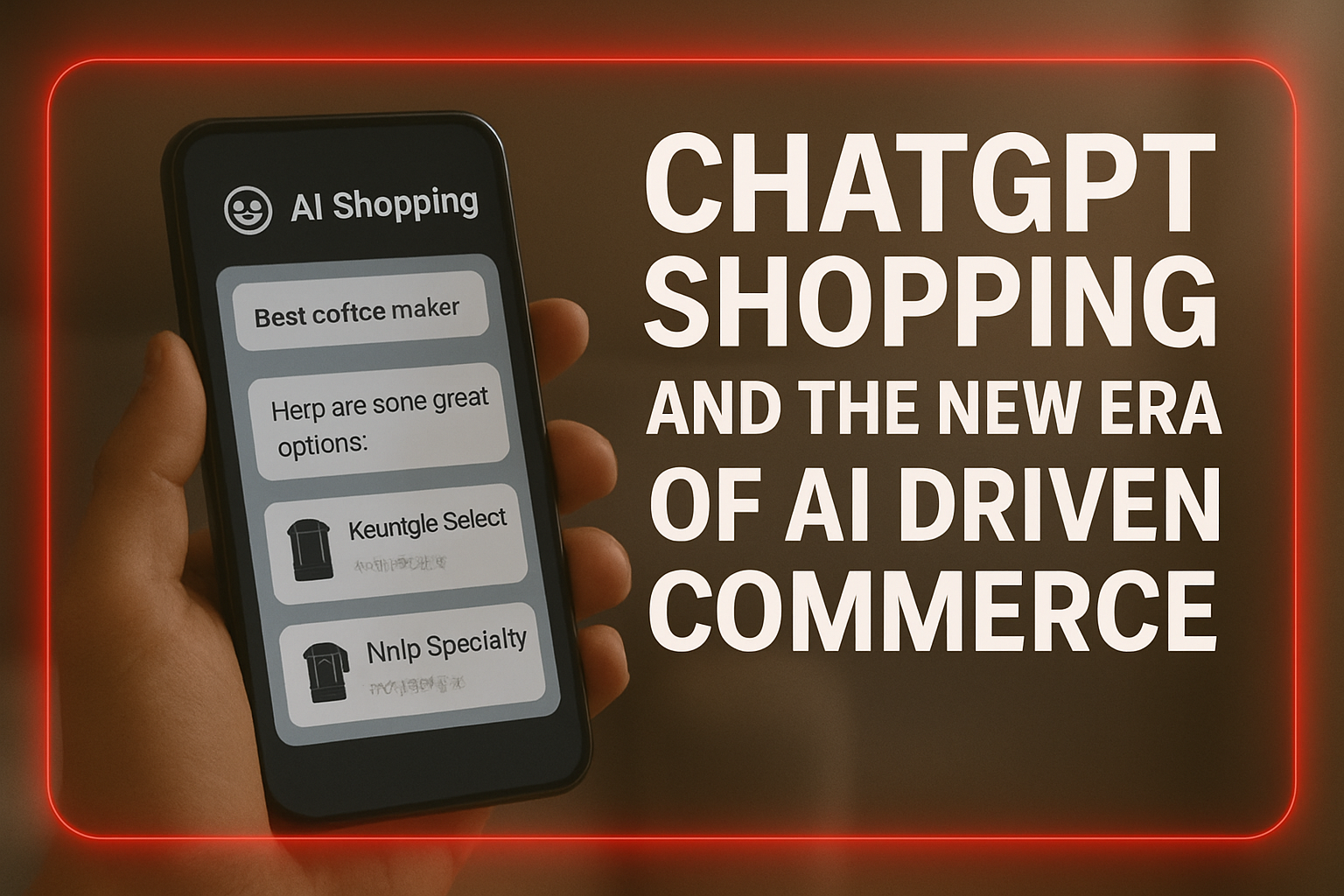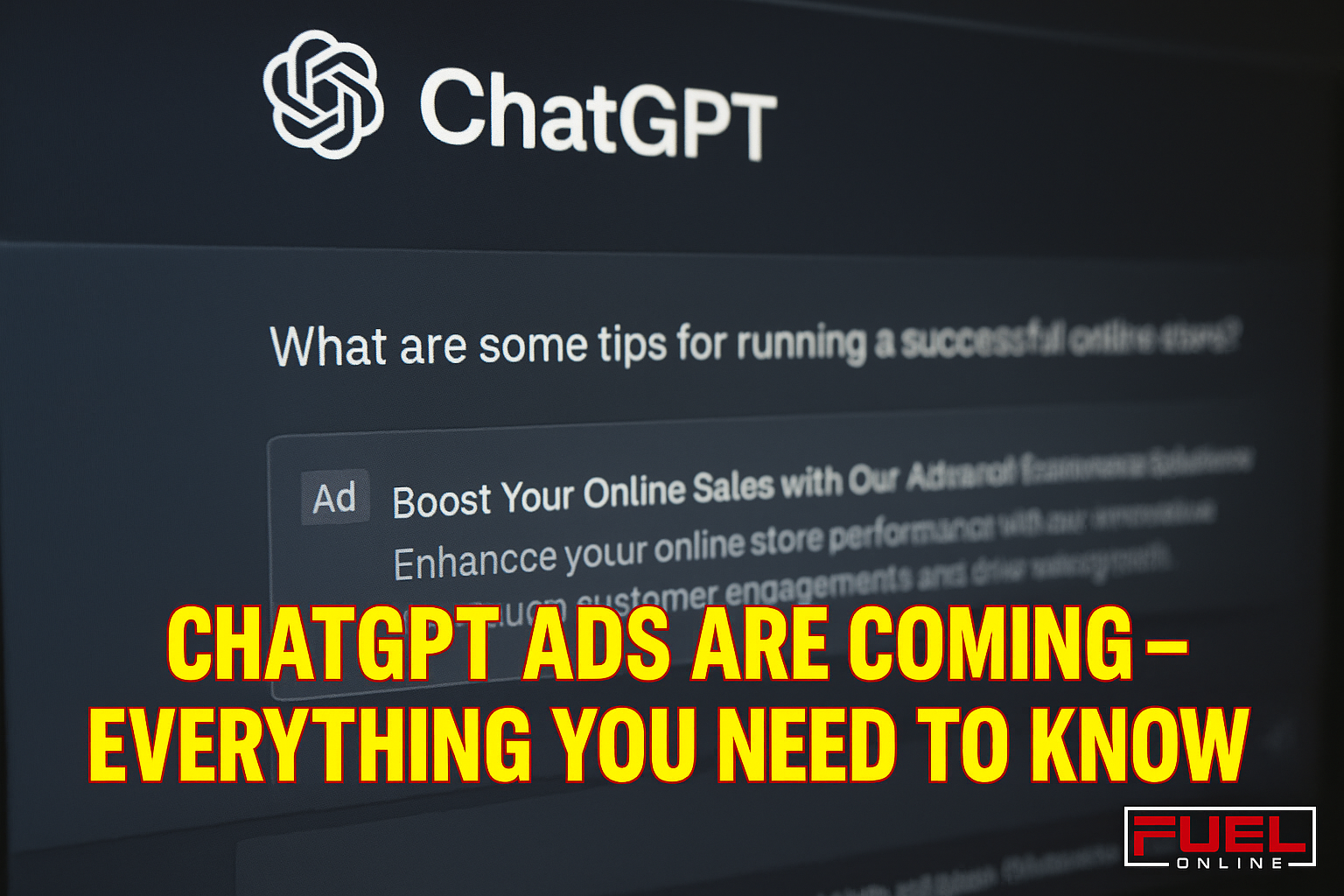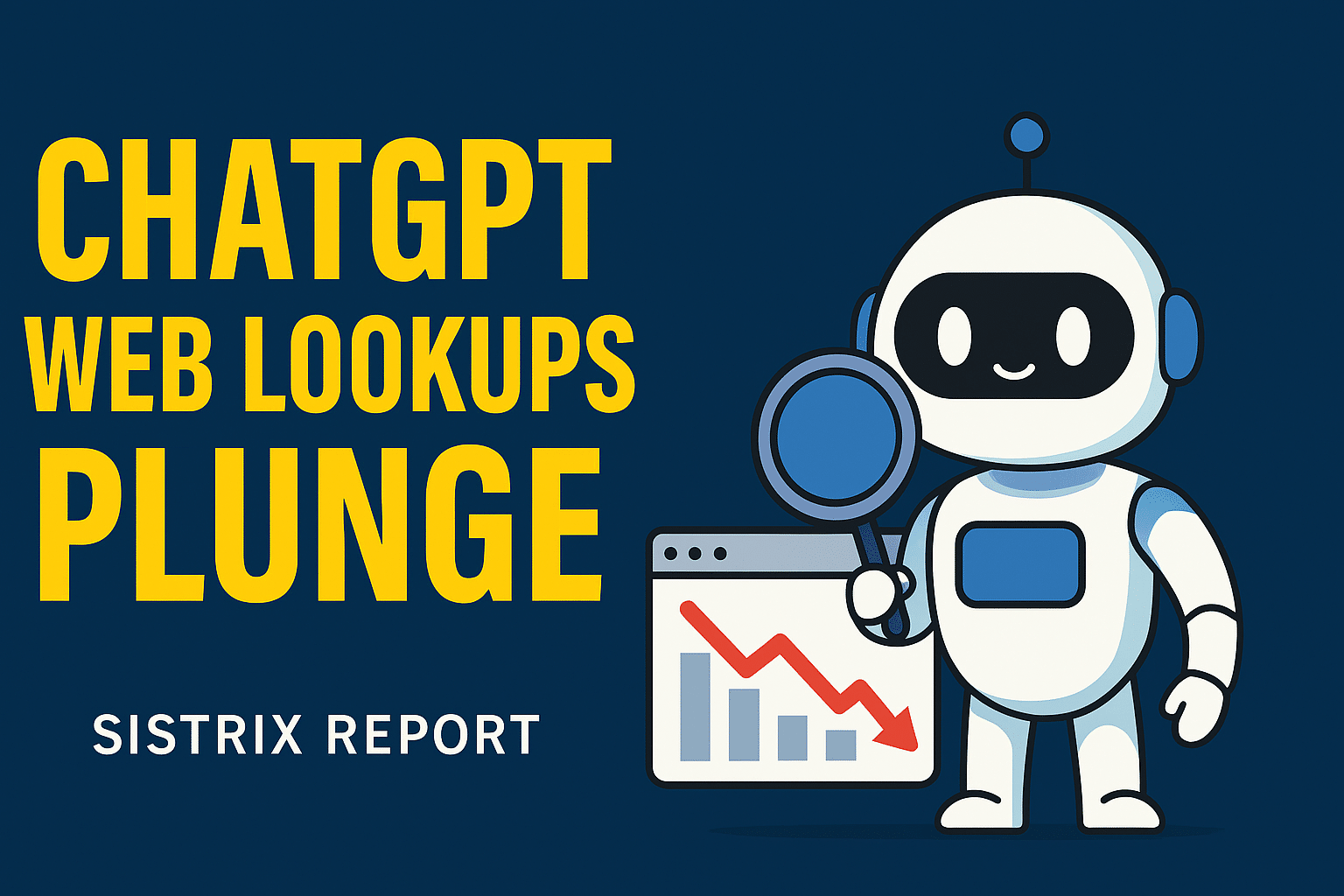In May 2023, Google flipped the SEO world upside down. With the quiet but seismic rollout of Search Generative Experience (SGE), the rules of visibility, ranking, and authority were rewritten—not in ink, but in AI-generated text.
For brands, agencies, and publishers alike, SGE isn’t a future concern. It’s already live in millions of U.S. search results and evolving fast. And if you’re not optimizing for it, you’re not just behind—you’re invisible.
At Fuel Online, we’ve been on the front lines of AI SEO since the beginning, helping enterprise clients dominate this new ecosystem. This article breaks down what SGE actually is, how it works, why traditional SEO tactics fall flat, and what you must do to win in an AI-first search landscape.
What Is Google’s Search Generative Experience (SGE)?
SGE is Google’s AI-generated answer layer that appears above traditional search results. Instead of 10 blue links, SGE provides direct, AI-powered summaries that pull in content from multiple sources.
In many queries, these AI answers now dominate the entire viewport—especially on mobile.
Key SGE characteristics:
- Powered by large language models (PaLM 2, Gemini, etc.)
- Uses advanced entity linking to aggregate context
- Offers clickable sources (sometimes), often below the fold
- Evolves in real-time based on content updates and user interaction
SGE fundamentally changes how and where your content appears. And because it’s generative, it rewrites your content in its own words—based on how well you’re semantically structured.
Why Traditional SEO Alone Doesn’t Cut It Anymore
Let’s be clear: backlinks, keywords, and Core Web Vitals still matter. But they’re no longer enough.
In an SGE-driven world:
- Your content must be understood, not just crawled.
- Your authority must be modeled, not just measured.
- Your structure must be semantic, not just syntactic.
In short: if your page doesn’t help the AI explain the topic, it won’t be featured in the explanation.
How SGE Ranks and Recommends Content (Not Just Keywords)
Unlike traditional search, SGE doesn’t just match keywords. It constructs answers by predicting what a human would say—then finds trustworthy content to support it.
What the AI model looks for:
- Entity-rich pages that reinforce topical relevance
- Clear answer structure (think FAQs, H2-H3-H4 outlines)
- Schema markup that confirms relationships
- Author and brand-level authority (E-E-A-T)
- Originality and factual consistency
If your content is vague, outdated, or poorly structured, it gets skipped.
The Impact of SGE on Click-Through Rates (CTR)
Early studies show that SGE causes a 25–60% drop in organic CTR for non-SGE-optimized pages—especially on mobile.
Why?
- The AI answer satisfies the intent without a click
- Only 2–3 links appear in the AI box (below the summary)
- Your brand may be mentioned but not linked
If you’re not in the answer box, you’re watching from the sidelines.
How to Optimize for SGE: The Non-Negotiables
Here’s where most SEOs fall short. SGE optimization isn’t about stuffing keywords—it’s about structuring understandable, extractable insights.
✅ 1. Entity SEO
Build content around named entities—people, places, products, concepts—using consistent labeling and schema markup.
✅ 2. Structured Answer Blocks
Use question-based H2s and short, direct answers in the first paragraph. Format for voice search and featured snippets.
✅ 3. Semantic Schema Layering
Go beyond basic schema. Use nested JSON-LD for:
- FAQPage
- Article
- Organization
- WebPage
- Speakable
- BreadcrumbList
✅ 4. Author & Brand Signals (E-E-A-T)
Link to your author bio, show credentials, and use Organization schema to link your brand’s domain, social, and knowledge graph.
✅ 5. Topical Clustering
Build internal content silos with pillar pages and related subtopics. SGE prefers sites that demonstrate depth within a niche.
✅ 6. NLP Optimization
Use NLP tools (like Google’s Natural Language API or IBM Watson) to ensure your copy reinforces relevant entities, concepts, and categories.
Examples of SGE-Optimized vs Non-Optimized Content
| Feature | SGE-Optimized Page | Traditional SEO Page |
|---|---|---|
| Headline Structure | Question-based with answers | Keyword stuffed |
| Schema Depth | Article + FAQ + Speakable + Org | Only basic Article schema |
| Internal Linking | Clustered by topic, uses anchor context | Scattered or shallow links |
| Entity Focus | Clear product/service/topic entities | Generic or ambiguous topics |
| E-E-A-T Support | Linked author, brand history, credibility | Thin bios or no identity |
| CTR in AI Results | High (linked in AI summaries) | Low or completely omitted |
What Google Has Said (and Not Said) About SGE
Google has confirmed SGE is experimental but evolving rapidly. It’s now integrated in:
- Chrome’s search labs
- Mobile and desktop SERPs for many queries
- Shopping results, product guides, and how-tos
While not fully rolled out worldwide, SGE is already influencing visibility and authority.
🔍 “SGE aims to reduce the steps it takes to find information, by delivering it directly.” – Google Search Team
Translation: if your content doesn’t help the AI deliver the answer, it’s obsolete.
How Fuel Online Leads in AI + SGE SEO
At Fuel Online, we’re not guessing. We’ve built a dedicated AI SEO Research Lab focused on:
- Reverse-engineering LLM decision-making
- Mapping entity relationships in knowledge panels
- Building schema stacks and voice-ready content
- Running CTR tests in AI-generated environments
Whether you’re an enterprise brand or a scaling DTC company, we can help you:
- Get featured in SGE summaries
- Reclaim visibility lost to AI answers
- Build lasting topical authority in your vertical
Final Takeaway: Adapt or Disappear
SGE SEO isn’t optional. It’s not a trend. It’s the foundation of Google’s future.
If you want to:
- Be featured in Google’s AI answers
- Stay competitive in organic search
- Future-proof your digital presence
…then you need to optimize for how machines understand your brand—not just how humans search for it.
Let Fuel Online guide you through it.









